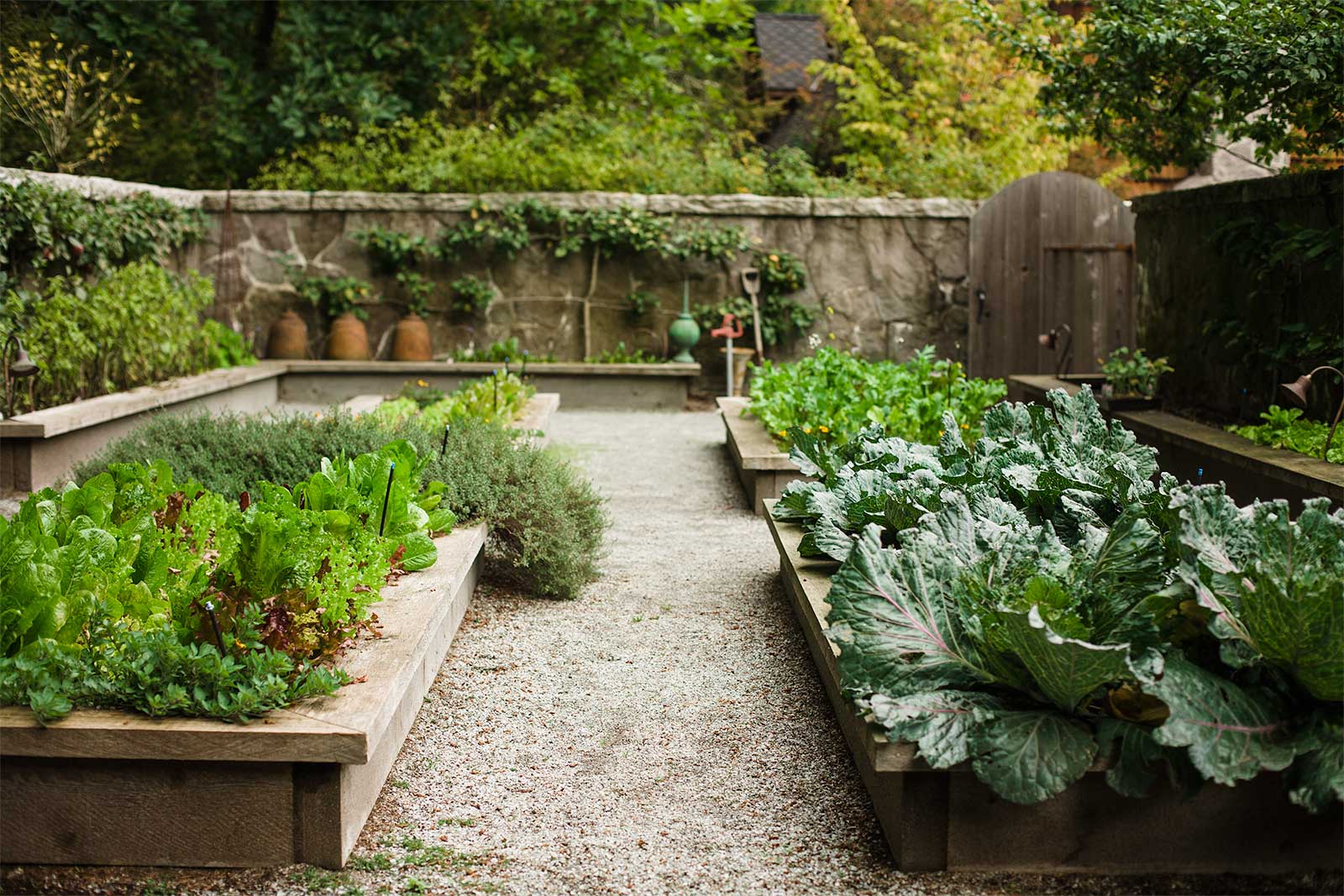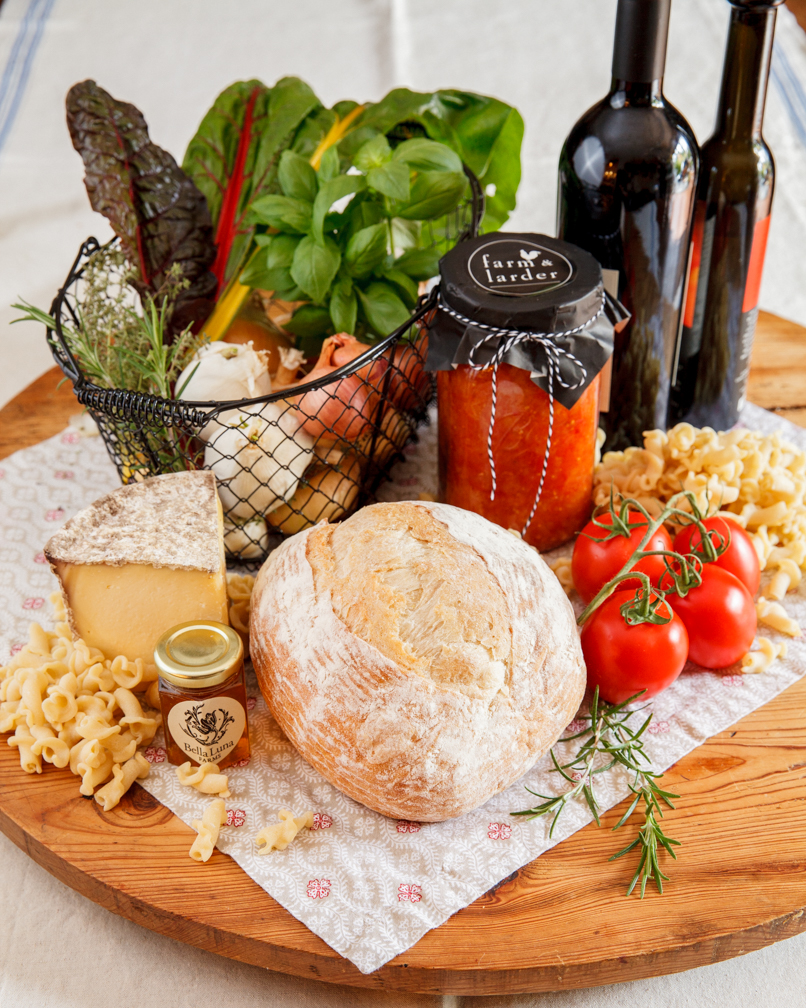
April showers have indeed brought May flowers, gracing Bella Luna with a lush beauty as spring has arrived in all its glory:
The grounds are awash in color, from the bluebells and forget-me-nots to over 3,500 rhododendrons; the native trillium and huckleberry are also flowering underneath the Bigleaf maple trees (where we’ve even spotted a few nests and baby birds!). Blooming on all corners of the property, our many different fruits – from the apple and pear trees to the blueberry, strawberry and raspberry plants – are also eagerly awaiting a visit from one or more of our local hard working bees.
With the arrival of blossoms and warmer temperatures our native pollinators – Mason bees and bumblebees – are the earliest of the bees to be busy collecting pollen and nectar. The honey bees in our apiary are also abuzz with activity, traveling from flower to flower collecting both to make honey and to feed the brood in the hives. While Mason bees make their homes in tiny holes in tree trunks like( those made by our native sapsuckers) or in man-made structures like our garden bee houses to lay their eggs with a cache of food in each cell, the slow moving bumblebees form small colonies started each spring by the queens that have hibernated through the winter in nests underground. Honey bees form large organized colonies, or hives, usually in hollow tree trunks in the wild, which contain as many as seventy- five thousand bees.
The wooden bee hives we keep in our apiary usually contain around forty- to fifty-thousand bees, and a single queen who lays all of the eggs to produce the young. These hives would look mighty familiar, as they are the same wood boxes that we use for our weekly deliveries! Stacked on top of each other, each two-box hive holds ten frames hanging from the inside lip of the box. Here, the bees make wax comb and store honey and pollen and raise their young.
Working from dawn to dusk, our honeybees are true ‘sun-seekers’, unable to fly in the rain, or if it is too cold. However, on nice days, they might travel as far as five miles to collect food. Here in the Western Washington their main food sources are Bigleaf maples in the spring, and then fireweed and blackberries in late summer. We love seeing these busy little bees buzzing on by – they are vital to the life cycle of the gardens, and to the food they help produce!


